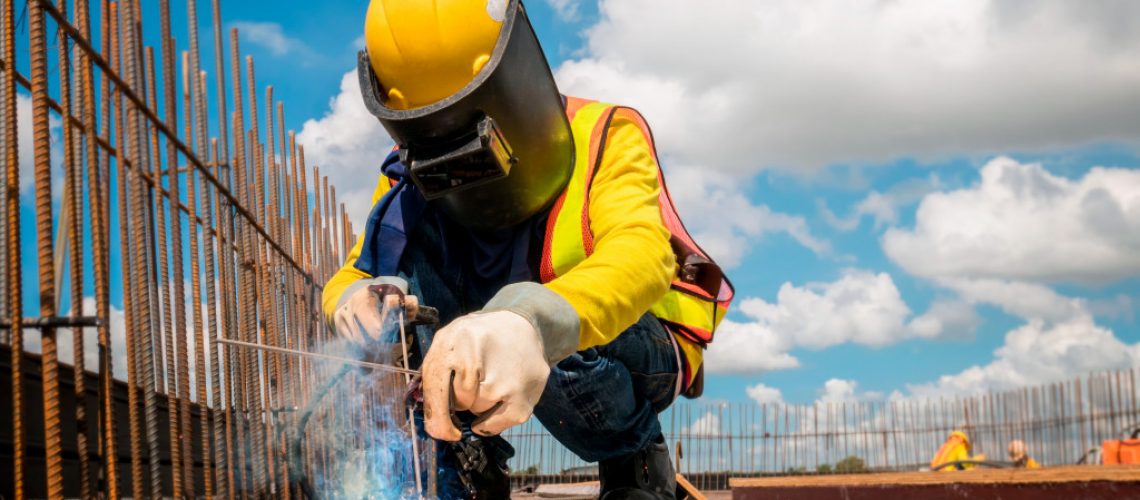The boom in the housing industry and the rapid spread of urbanization in the United States have made the construction equipment rental business especially profitable. The rise in government spending for more public infrastructure also contributes much to this. More warehouses are being built in the commercial sector due to the boom in e-commerce. The surge in the digital economy also led to the construction of more data centers.
According to the American Rental Association (ARA), the peak revenue of the equipment rental industry was last reached in 2019 at $51 billion. It forecasts an increase of 9.68 percent in revenue by 2022, reaching $52.5 billion after a dip during the early part of the pandemic. A ResearchAndMarket report anticipates a compound annual growth rate (CAGR) of 5.47 percent from 2021 to 2025, reaching $64.71 billion by 2025.
To support the increased use of construction equipment rental, Fact.MR reports that the ARA introduced the RentalHQ mobile app this year. It gives construction companies an easier and faster way to find the equipment they need and the rental companies providing these. There are other equipment rental apps in the market, as well.
Renting Construction Equipment as Needed
For construction companies, renting equipment minimizes their upfront financial outlay. Purchasing equipment is expensive and ties up capital in a depreciating asset. Such capital can be used instead to pursue other profitable opportunities. Also, since rental costs are not reflected as liabilities in the financial spreadsheet, these do not lower the borrowing capabilities of construction companies.
Other expenses that equipment rental avoids are repair and long-term maintenance. Storage of purchased equipment also means high added costs. On the other hand, the rent is a business expense that is tax-deductible, resulting in further savings.
There is also an inherent risk in purchasing equipment because there is no guarantee that it will be used all the time. There can be lulls between projects depending on market fluctuations. The pandemic has created risk aversion among many companies.
At such lulls, purchased equipment stays idle and does not earn as an investment but continues to depreciate. On the other hand, renting can be done only as needed for the length of time that a particular piece of equipment is used in a project. The rent for each piece of equipment needed can be built into each project’s quotation.
Construction companies doing projects in many locations can rent equipment for each project from nearby rentals. This avoids the cost of transporting company-owned equipment to each construction site. Rented equipment comes with all the necessary accessories. For instance, tire covers prevent marks on finished flooring.
Renting Sustainable Equipment

Equipment with hybrid electric and diesel power systems reduces harmful emissions and contributes to sustainability goals. It complies with the new emissions regulations.
Construction equipment also comes in all-electric models with power provided by rechargeable lithium-ion batteries. These have net-zero carbon emissions — a much-needed change since the construction industry contributes to carbon emissions. Among the types of construction equipment that come in all-electric models are excavators, wheel loaders, dump trucks, and forklifts.
Another advantage of all-electric construction equipment is that it has less noise during operation. Continuous exposure to high decibels of noise is a health risk to construction workers and people living near construction sites. Noise also increases the fatigue of workers and lowers their productivity.
Benefiting from New Technology
By renting construction equipment, construction companies can take advantage of new cutting-edge technologies. Buying equipment and then upgrading these to the latest versions can add to staggering costs and eat up profits. Finding rentals offering the latest innovations in equipment can make projects go faster, be more efficient, and safer at a fraction of the cost.
Some electric forklifts are equipped with self-diagnostics, on-the-job system monitoring, and service reminders. Other manufacturers are adding GPS systems on bulldozers, excavators, and graders, sending information to the central project office to monitor ongoing work. Equipment with a built-in payload weighing system eliminates the need to weigh materials separately. Some equipment can be operated by remote control. These remove machine operators from areas with high risks.
Construction robotic exoskeletons worn by workers enable one person to safely lift objects weighing up to 200 pounds in areas not accessible to machines. This protects the worker’s safety and reduces the number of workers needed to complete a job.
Drones are increasingly used in large construction sites to monitor operations from above and provide security surveillance. These are also used for faster land surveying and mapping, lowering costs by up to 95 percent. As newer models come up, they are equipped with higher levels of artificial intelligence (AI) and capability for machine learning.
As the U.S. economy recovers from the effects of the pandemic, more construction work will bring further business to construction equipment rental companies. The further development of new technologies in the industry will also ensure that rentals will continue to be popular.

